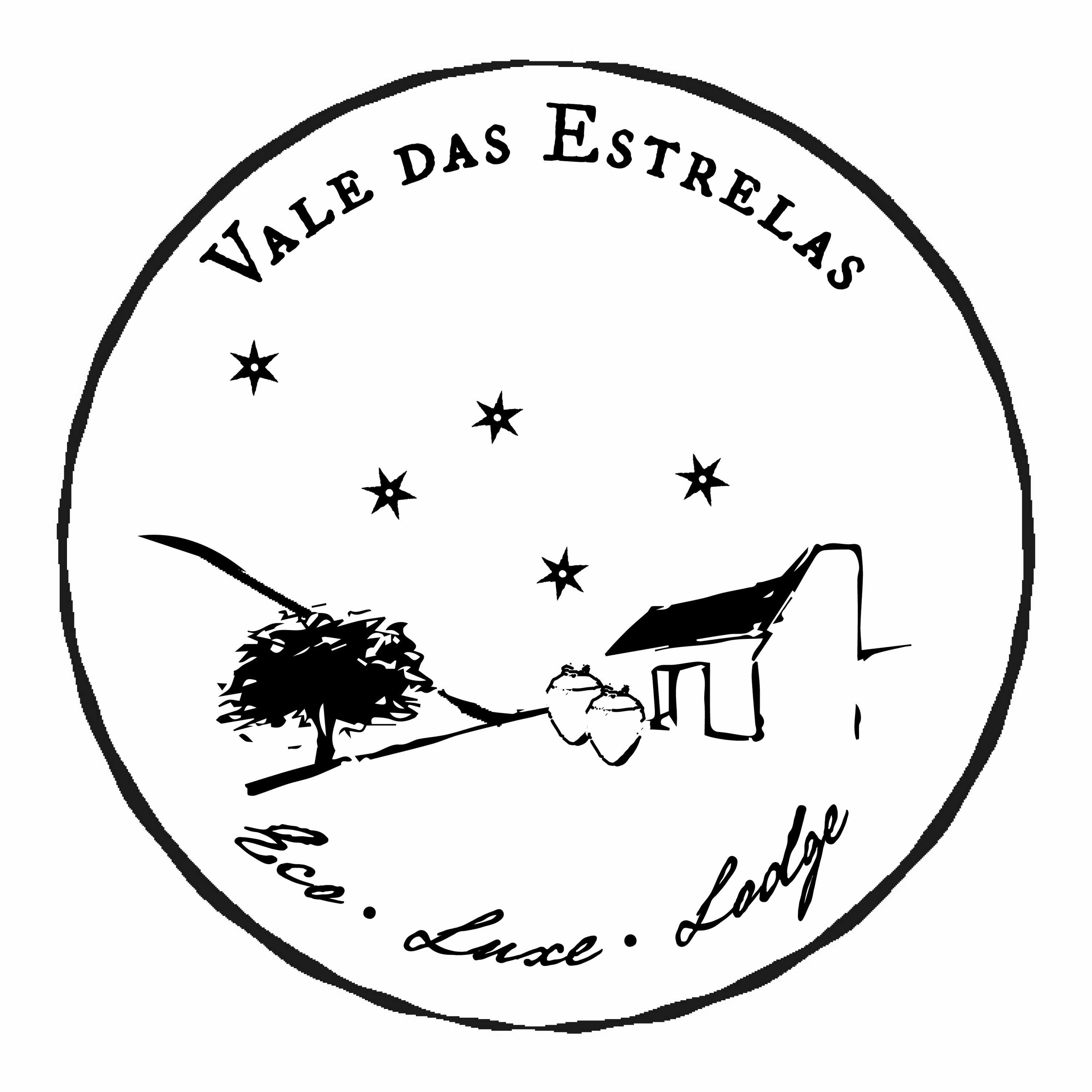Episode 6: Under the Lake
Description
Welcome to Episode 6 of Ana & Al’s Big Portuguese Wine Adventure and a story woven through so many layers of history it’s hard to know where to start.
The boulder fields around the World Heritage city of Évora - in the heart of Alentejo wine country - give the name to one of Alentejo’s most famous and famously expensive wines.
Thanks for reading The Big Portuguese Wine Adventure. The podcast’s free: please share it. It’s also on Spotify and Apple Podcasts.
Pêra Manca which means “wobbling” or “rolling” stone, is made in only the finest years and it sells for hundreds of euros a bottle
But the name “Peramanca” dates back centuries.
In the year 1500, bottles of the already famous Évora regional wine were said to be on board explorer Pedro Álvares Cabral’s ship when he landed in Brazil.
The winery producing the latest iteration of Pêra Manca is called Cartuxa, (pronounced Car-TOUSH-ah) which is at the centre of this story.
For decades the silent presence of an ancient order of monks has guarded Cartuxa’s most precious bottles in a dark dusty cellar beneath a lake.
We were lucky enough to spend a couple of hours in the Santa Maria da Scala Coeli monastery - a name meaning “Stairway to Heaven.”
It’s now closed to visitors, but we toured a place built in the late 1500s for the Carthusian monastic order which was founded by an 11th century saint.
You can read much more all about St Bruno of Cologne, and the link between Green Chartreuse, Charterhouse schools, the Rolling Stones and the Stairway to Heaven in this previous article.
But we’re here for the wine.
Pêra Manca was a name which would have been doomed to obscurity had it not been for the Count of Vill’alva.
Vasco Maria Eugénio de Almeida – Count Vasco de Vill’alva – was the last heir to a family fortune and the founder of the Eugénio de Almeida Foundation in 1963.
He fell in love with Évora, the Alentejo and the monastery his grandfather had bought in 1871, and it was just one of the historic buildings he restored in the city.
He even invited the Carthusian monks back for the first time since the Portuguese dissolution of the monasteries in 1834.
The Big Portuguese Wine Adventure is a reader-supported publication. To receive new posts and support my work, consider becoming a free or paid subscriber.
The foundation runs programmes for arts and culture, scholarship and support and puts profits back into the foundation.
It supports the farming community mostly through grape and olive planting and owns Cartuxa.
That’s the connection: the reason that bottles of Pêra Manca languish under the monastery lake.
Cartuxa has 600ha of vineyards and produces a whole range of wines from its Monte de Pinheiros winery which gives its name to the “entry level” brand.
Cartuxa’s most well recognised bottles are labelled “EA” taking the initials of the foundation, but their whole portfolio of wines include Cartuxa branded wines, Scala Coeli (taking its name from the monastery) right up to Pêra-Manca reds which sell for hundreds of euros a bottle.
Made from the same blocks of the same two Portuguese grapes Aragonez and Trincadeira, the wines are only produced if they’re good enough to hold the historic name handed over to the foundation in 1987 by descendants of the Casa Soares family.
The characteristic label is adapted from a famous 18th century advert.
I haven’t tried it yet – but here’s the story of a vertical tasting from someone who has. If you can find one and afford one let us know what it’s like!
I hope you enjoy this episode’s dip into a different part of Portuguese history.
We’d love to know what you think about our podcast, and please help us spread it by rating it and sharing it with your friends.
See you next time,
A&A
Get full access to The Big Portuguese Wine Adventure at wineportugal.substack.com/subscribe
More Episodes
Published 06/08/24
Hey there are welcome to Episode 5 of Ana & Al’s Big Portuguese Wine Adventure.
This episode we take an even deeper dive into Portugal’s Roman history through Torre de Palma - a wine hotel built on the remains of a Roman winemaking villa.
Mosaics discovered by archaeologists at Torre de Palma...
Published 06/01/24
I love talking about talha or amphora wine - it’s one of the most exciting and popular winemaking techniques in the Alentejo.
It’s natural wine, it’s gastronomic, and it works well with the traditional Alentejo foods like black pork…but it doesn’t taste like regular wine.
Talha has an earthiness...
Published 05/29/24


